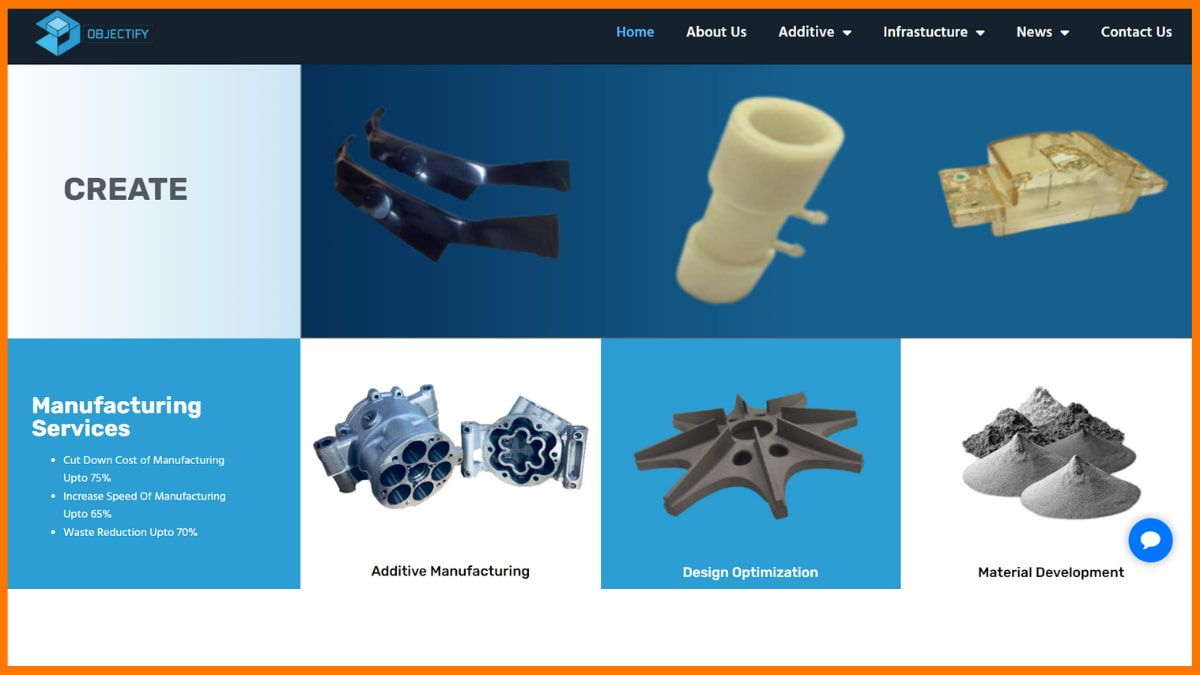Company Profile is an initiative by StartupTalky to publish verified information on different startups and organizations. The content in this post has been approved by Amount.
Meeting the consumers’ and small business banking customers’ evolving needs and expectations is imperative for financial institutions to remain competitive in today’s increasingly crowded marketplace. However, most financial institutions struggle to adapt and evolve with customer demand since they feel constrained by monolithic, inflexible platforms and overwhelmed by multiple-point solutions.
It is when Amount comes into the picture. This private fintech company is recognized for accelerating seamless omnichannel customer experiences by offering a full suite of end-to-end retail banking and point-of-sale solutions.
In this article, let’s explore the story of Amount, its founders, business model, funding and growth details, partners, and more.
Amount – Company Highlights
| Company Name | Amount |
|---|---|
| Headquarters | Chicago, Illinois, United States |
| Sector | Fintech |
| Founders | Albert Goldstein |
| Founded In | 2020 |
| Revenue | $1B (2022) |
| Website | Amount.com |
Amount – About
Amount – Industry
Amount – Founders and Team
Amount – Startup Story
Amount – Mission and Vision
Amount – Business Model
Amount – Products and Services
Amount – Challenges Faced
Amount – Funding and Investors
Amount – Mergers and Acquisitions
Amount – Patents and Trademarks
Amount – Growth
Amount – Partners
Amount – Awards and Achievements
Amount – Competitors
Amount – Future Plans
Amount – About
Headquartered in the United States, Amount is a digital technology company that accelerates digital transformation for financial institutions. It builds software that re-engineers consumer, small companies, and embedded finance solutions to provide simpler, safer, and more convenient banking solutions to today’s digital-first customers.
10 leading banks, including HSBC, Regions, Banco Popular, T.D. Bank, and Avant, use Amount’s technology to simplify their transition to digital financial services.
Amount – Industry
Amount belongs to the financial technology industry as it leverages products and services to help financial institutions transform digitally. Financial technology (Fintech) can be defined as the application of the latest technological advancements to the financial industry’s products and services and aims to automate and improve the delivery and use of financial services.
The global market size of fintech technologies was valued at $110.57 in 2020 and is estimated to grow to $698.48 billion by 2030, at a CAGR of 20.3% from 2023 to 2030. With Fintech allowing providing more convenient, simple, and transparent financial services, more and more people prefer using digitalized and innovative Fintech solutions.

The pandemic significantly accelerated the financial products and services being purchased online, prompting the need for digitalized banking experience. In addition to Amount, Blend, nCino, Divido, Plexian, and Personetics are some companies providing technology to banks and financial institutions.
Amount – Founders and Team
Albert Goldstein is the Founder and Executive Chairman of Amount. He completed his graduation from Gies College of Business at the University of Illinois Urbana-Champaign with a B.S. in Finance, Math.
Avant’s Founder and Executive Chairman, Albert, is also the Founding Board Member at Spring Labs, Board Member at U.S. Wrestling Foundation, and Co-Founder, Chairman & CEO at StoicLane.

Adam Hughes is the Amount’s CEO, and Raj Kolluri is the CTO. Talking about the team size, Amount is currently working with 400 employees.
Amount – Startup Story
Amount was spun out of Avant in February 2020 as a new financial technology business. Initially, this tech business was named ‘Powered by Avant.’ Two or three years ago, Avant realized that there was a gigantic opportunity to build a standalone technology business that was completely different from its vision and goals in terms of serving partners and banks.
Moreover, Albert Goldstein considered establishing Amount as a separate brand to avoid confusion between Amount as the technology provider and Avant. The company was initially started as a business providing technology around personal loans- helping banks deal with fraud and understanding how to host credit policies and service loans digitally.
After some time, the company’s vision expanded to help banks digitize their financial services.
Amount – Mission and Vision
Amount aims to help financial institutions’ go digital in months – not years,’ enabling them better compete with fintech rivals.
Amount – Business Model
Amount partners with several banks and financial institutions to help them rapidly digitize their financial infrastructure providing a competitive edge in the retail lending and buy now, pay later sectors.
Its ‘battle-tested’ retail banking and point-of-sale technology provides those financial institutions a way to offer a secure and seamless digital customer and merchant experience by leveraging Amount’s analytics and verification capabilities.

Amount – Products and Services
Amount offers point-of-sale financing products with multiple features, including applicant sourcing, application capture, fraud prevention, verification, decisioning engines, and account management.
Amount – Challenges Faced
As the company grid for economic turbulence in 2022, it laid off 18% of its staff, i.e., more than 100 employees.
Amount – Funding and Investors
Amount has undertaken 4 funding rounds and raised $283 million. Its latest funding round – Private Equity Round, was conducted on May 19, 2022, and raised a total of $40 million. 10 investors back the company, and Hanaco Venture Capital and WestCap are the recent ones.
| Date | Round | Number of Investors | Money Raised | Lead Investor |
|---|---|---|---|---|
| May 19, 2022 | Private Equity | 2 | $40 million | – |
| May 17, 2021 | Series D | 6 | $99 million | WestCap |
| December 2, 2020 | Series C | 5 | $86 million | GS Growth |
| March 17, 2020 | Series B | 2 | $58 million | QED Investors |
Amount – Mergers and Acquisitions
Amount acquired Linear Financial Technologies on February 1, 2023.
Amount – Patents and Trademarks
Amount is registered with 3 trademarks, categorized into the ‘Insurance; Financial Affairs’ class.
Amount – Growth
In 2022, the estimated annual revenue of Amount was $55.1 million per year ($173,407 per employee), with a $1 billion current valuation. Moreover, the monthly web visits grew by -89.75%, with 7,936 visits. And its employee count elevated by -4% last year.
Amount – Partners
Amount has partnered with:
- Mastercard Engage Partner Network
- PSCU
- Marqeta
- Barclays
Amount – Awards and Achievements
Some of the awards Amount garnered are:
- Won the Best Workplaces in Chicago award in 2020
- Adam Hughes recognized among Top 50 Financial Technology CEOs of 2020
Amount – Competitors
Some of Amount’s main competitors are:
- Credi2
- equipifi
- Jifiti
- Blend
- Figure Technologies Inc
- Plexian
- Personetics
- TelosTouch
Amount – Future Plans
Amount plans to invest its capital in its technology and products to further accelerate R&D. Moreover, the company will be acquiring some.
FAQs
Who is the founder of Amount?
Albert Goldstein founded Amount in 2020.
Who is the CEO of Amount?
Adam Hughes is Amount’s CEO.
What does Amount do?
Amount accelerates seamless omnichannel customer experiences by offering a full suite of end-to-end retail banking and point-of-sale solutions.
Who are the main competitors of Amount?
Some of Amount’s main competitors are:
- Credi2
- equipifi
- Jifiti
- Blend
- Figure Technologies Inc
- Plexian
- Personetics
- TelosTouch


















































